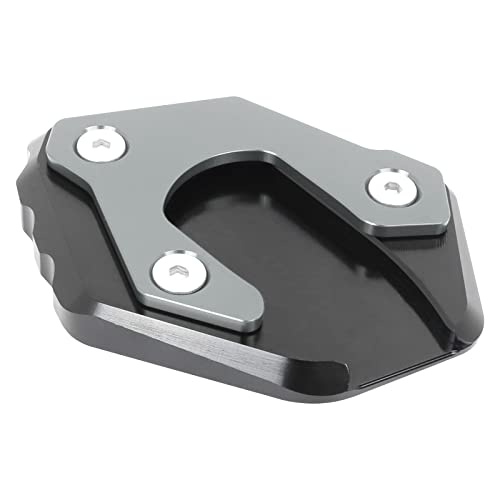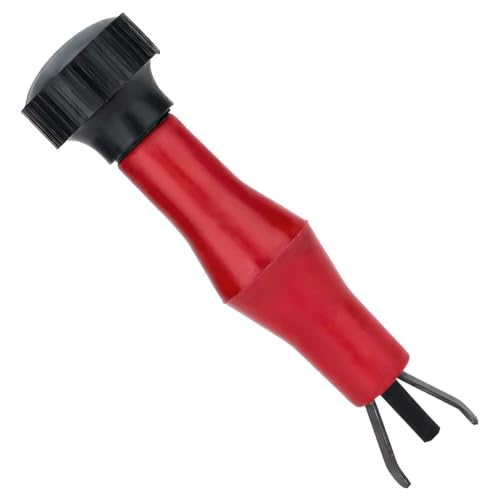Harley-Davidson® reported their latest earnings after the strike. It has prompted some interesting news stories. Here are a few snippets from one of the latest stories.
"Even as it comes off the most profitable year in its history, the Milwaukee-based maker of the world's most famous motorcycles has challenges on several fronts:
--The graying of its prime audience. The median age for a Harley buyer is 47, compared with 38 for other motorcycle companies."
Can you say, "Buick"? Buick’s problem now is that they have few repeat buyers as they are so old they generally die shortly after the purchase. The Motor Company® needs to be aware of this phenomenon. I guess as long as there are people who can remember the 1920’s Harley-Davidson® will continue to sell them products from that era.
" --Increased manufacturing costs. Harley-Davidson® is gearing up for labor contract talks in Milwaukee and Kansas City, after weathering a short but costly strike at its largest assembly plant in York, Pa. Union members say the spirit of cooperation that once existed between labor and management is broken."
They should be able to get advice on these types of relationships from Ford, GM and Chrysler.
" --Foreign competition. Manufacturers such as Honda and Kawasaki are making high-quality bikes that compete with Harley Davidson's® products."
It’s about time those pesky Japanese were able to catch up to the legendary high quality standards that have been in place for years at Harley-Davidson®. Who knows, maybe in another 50 years they will be able to surpass the quality of a Harley-Davidson®.
"Yet some analysts worry that the price of a Harley-Davidson® -- about $7,000 for a Sportster and up to $30,000 for a deluxe touring bike -- could send younger riders to the smaller, less expensive motorcycles offered by Japanese manufacturers."
A good journalist never lets the facts get in the way of a good story. "…smaller, less expensive motorcycles offered by Japanese manufacturers." Apparently this reporter has never sat upon said motorcycles. He did get the less expensive part correct, although that gap is closing. Size wise he has his facts reversed as The Motor Company® products are smaller than their Japanese counterparts in both physical size and displacement and horsepower.
""There's nothing unique about owning a Harley-Davidson® now," said analyst Tony Gikas with Piper Jaffray Co., a Minneapolis investment firm. Gikas has been a Harley-Davidson® rider for more than 20 years.
"I ride with old-school, traditional guys. There's still a lot of us around, and we don't like what's happened with Harley-Davidson®," he said. "Even as recent as 2000 it was still like being in an exclusive club. Now it's kind of a broken group with a bunch of doctors, lawyers and Wall Street yuppies.""
Let the in-fighting begin! Mr. Gikas appears to have armed himself with a check book in this battle against the 1%ers.
"Even as it comes off the most profitable year in its history, the Milwaukee-based maker of the world's most famous motorcycles has challenges on several fronts:
--The graying of its prime audience. The median age for a Harley buyer is 47, compared with 38 for other motorcycle companies."
Can you say, "Buick"? Buick’s problem now is that they have few repeat buyers as they are so old they generally die shortly after the purchase. The Motor Company® needs to be aware of this phenomenon. I guess as long as there are people who can remember the 1920’s Harley-Davidson® will continue to sell them products from that era.
" --Increased manufacturing costs. Harley-Davidson® is gearing up for labor contract talks in Milwaukee and Kansas City, after weathering a short but costly strike at its largest assembly plant in York, Pa. Union members say the spirit of cooperation that once existed between labor and management is broken."
They should be able to get advice on these types of relationships from Ford, GM and Chrysler.
" --Foreign competition. Manufacturers such as Honda and Kawasaki are making high-quality bikes that compete with Harley Davidson's® products."
It’s about time those pesky Japanese were able to catch up to the legendary high quality standards that have been in place for years at Harley-Davidson®. Who knows, maybe in another 50 years they will be able to surpass the quality of a Harley-Davidson®.
"Yet some analysts worry that the price of a Harley-Davidson® -- about $7,000 for a Sportster and up to $30,000 for a deluxe touring bike -- could send younger riders to the smaller, less expensive motorcycles offered by Japanese manufacturers."
A good journalist never lets the facts get in the way of a good story. "…smaller, less expensive motorcycles offered by Japanese manufacturers." Apparently this reporter has never sat upon said motorcycles. He did get the less expensive part correct, although that gap is closing. Size wise he has his facts reversed as The Motor Company® products are smaller than their Japanese counterparts in both physical size and displacement and horsepower.
""There's nothing unique about owning a Harley-Davidson® now," said analyst Tony Gikas with Piper Jaffray Co., a Minneapolis investment firm. Gikas has been a Harley-Davidson® rider for more than 20 years.
"I ride with old-school, traditional guys. There's still a lot of us around, and we don't like what's happened with Harley-Davidson®," he said. "Even as recent as 2000 it was still like being in an exclusive club. Now it's kind of a broken group with a bunch of doctors, lawyers and Wall Street yuppies.""
Let the in-fighting begin! Mr. Gikas appears to have armed himself with a check book in this battle against the 1%ers.
Last edited by a moderator:































































